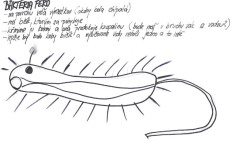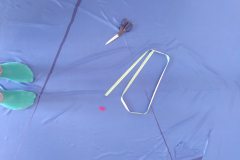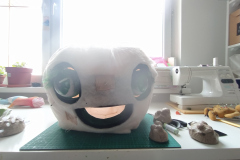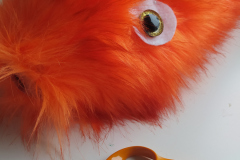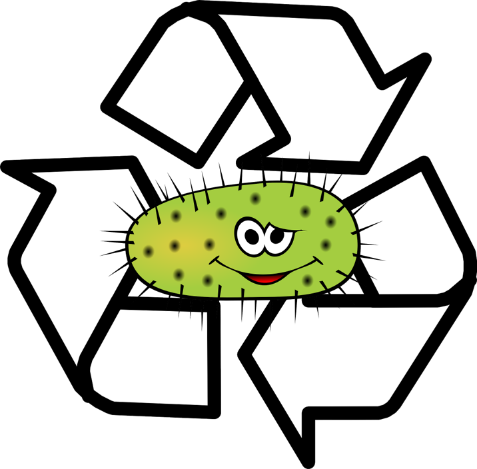
LESSON 1: RECYCLING MICROORGANISMS
You will be invited to delve into the microscopic world, meeting microorganisms like alga Ela (full name Parachlorella kessleri) and bacteria Fero (full name Acidithiobacillus ferrooxidans). You will accompany these microorganisms during nutrient acquisition so you can understand what they can and cannot eat. Exploring their habitat, you will recognize the challenges of living in water where is difficult to find something to eat. You will observe microbial strategies for acquiring essential elements and witness how these elements attach to Ela´s surface and are stored in the algal body. Various strategies to protect organisms from toxic elements will be introduced. The lesson will also introduce Fero, residing deep in a mine surrounded by ores, and investigate its strategies for dissolving metals for „lunch“.
OBJECTIVE
To increase pupils’ interest in the world of microorganisms, introduce them to specific examples, and show how our understanding can inspire the development of new technologies that are both environmentally friendly and beneficial to humanity.
DESCRIPTION
Polluted water, air, and soil have become as much a part of our lives as smartphones, electricity, and fast cars. While our modern comforts come at a high cost to the planet—and ultimately to us—we are often unaware of the long-term consequences. If we do not want to just take, we need to look at how nature works and learn from it. In the lesson, we will introduce two microscopic organisms that play an important role in the recycling process – Ela the algae and Fero the bacteria, as puppets and functional models at the same time. Pupils will explore the environments where algae and bacteria are found, learn about the mechanisms they use in recycling, understand the properties essential to their functions, and discover how they obtain energy for survival. The lesson will be highly interactive. Pupils will engage with the puppets, experiment with some of their properties, and work together to consider whether these ‘superpowers’ could inspire technologies for cleaning the environment or processing waste.” More at www.grethea.com.
WHAT PUPILS SHOULD LEARN
- Microorganisms are very small organisms invisible to the naked eye, yet they are all around us
- Microorganisms share similarities with humans – they seek food, obtain energy, and need a place to live, all of which determines their unique properties
- By understanding their world, we can harness their properties to develop new technologies that are far more environmentally friendly
TIMELINE
35 minutes lesson/10 minutes worksheet preparation.
The lesson is part of the project “Microbes and Metals Teach Green Technologies”, which is implemented with the financial support of the International Visegrad Fund. ALGAJAS s.r.o. is a company that focus on research in the field of environmental biotechnology and its practical application. Moreover, the company is also committed to popularizing scientific findings across various age groups. Learn more at www.algajas.com.
Presentations of lesson within a pilot project
| Country | School | Date |
|---|---|---|
| Slovakia | Primary school with kindegarden, Tusicka Nova Ves 64 | May 12, 2025 |
| Czechia | Primary school of Ostrava, Gen. Píky 13A, Ostrava | May 21, 2025 |
| Poland | English Montessori School Sp. z o.o., Katowice | May 22, 2025 |

